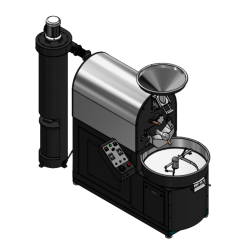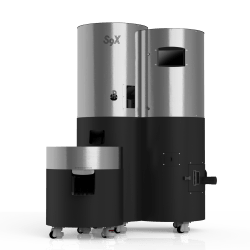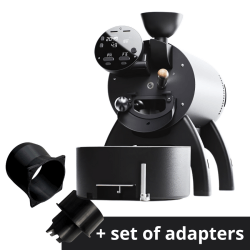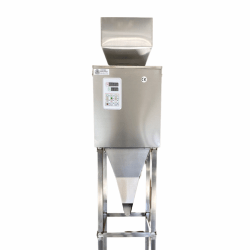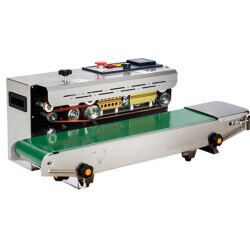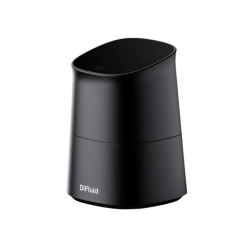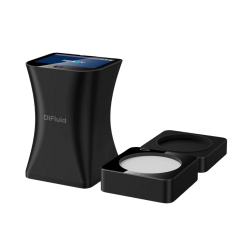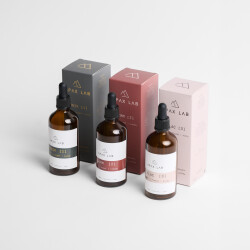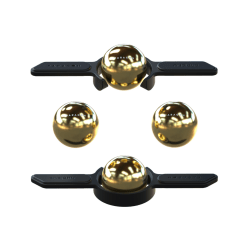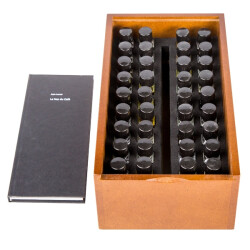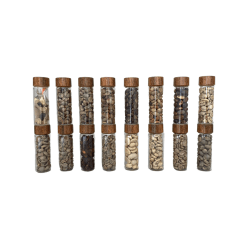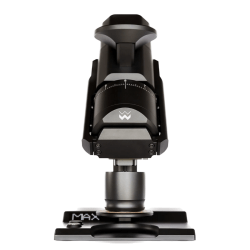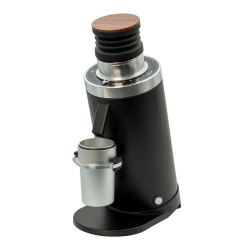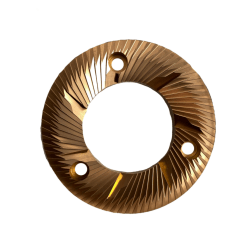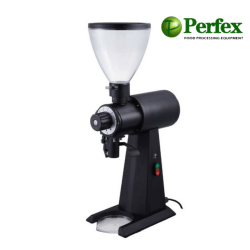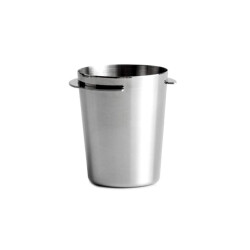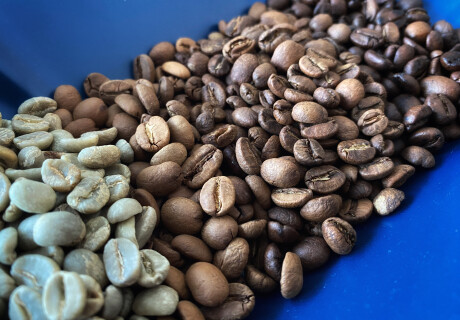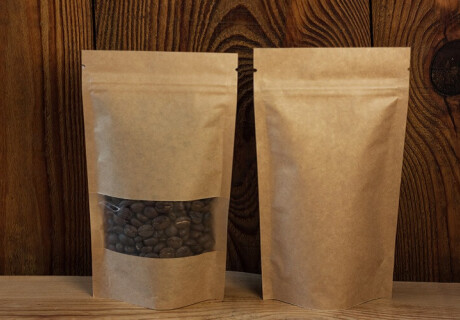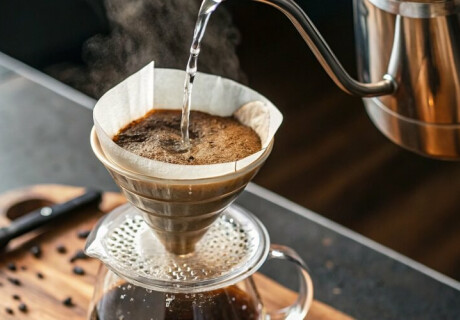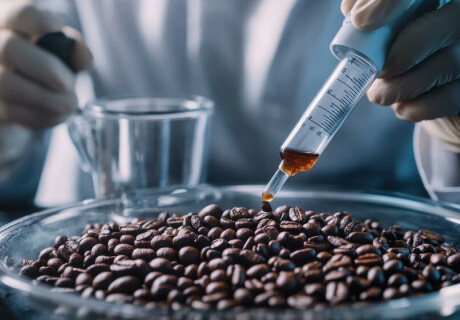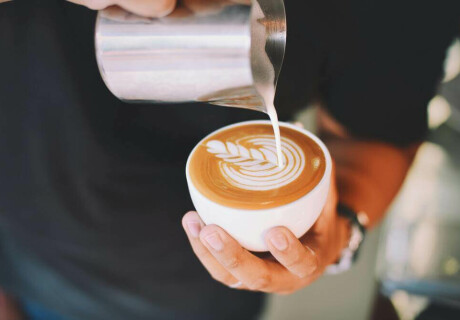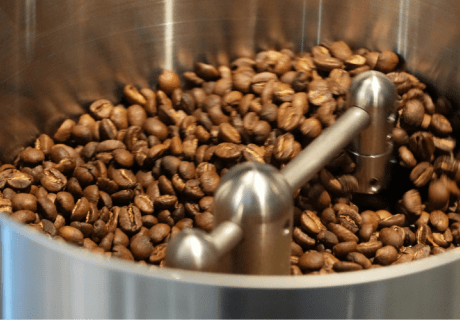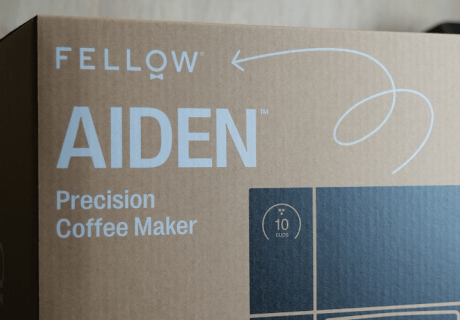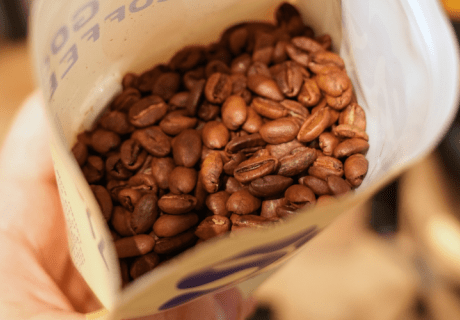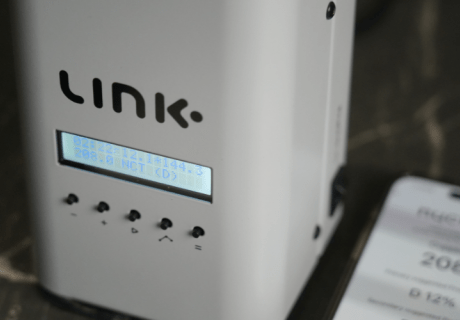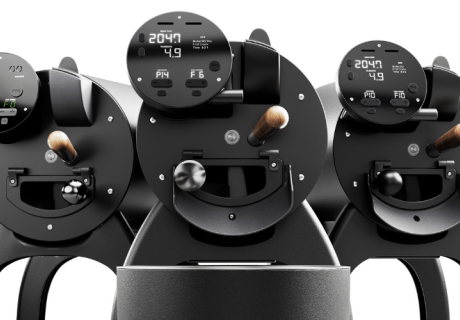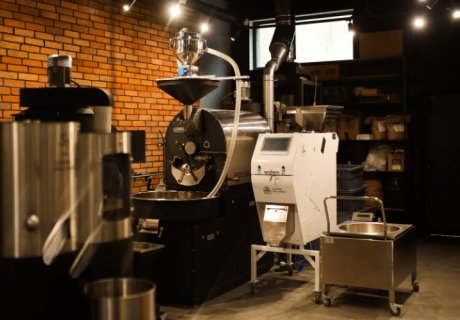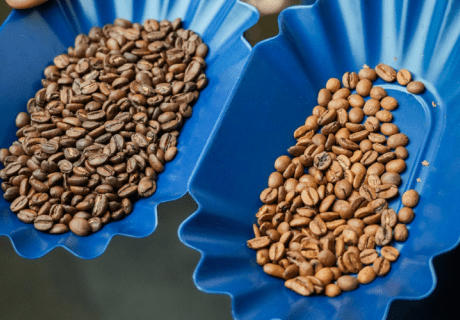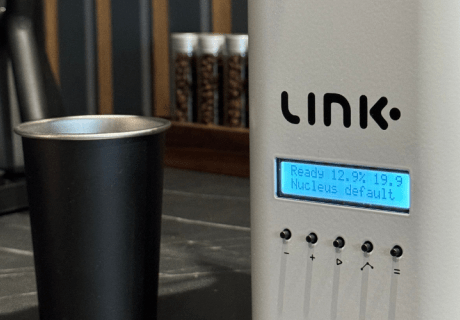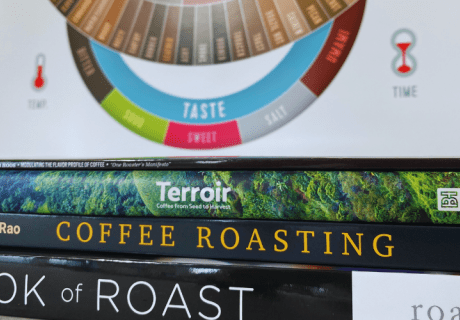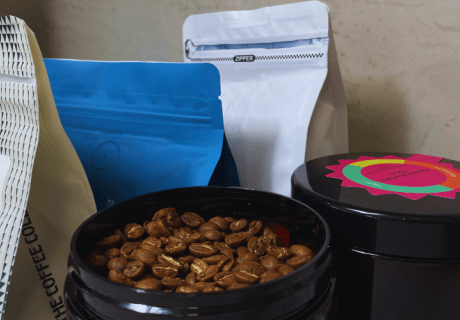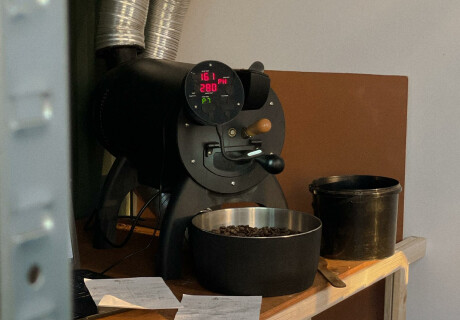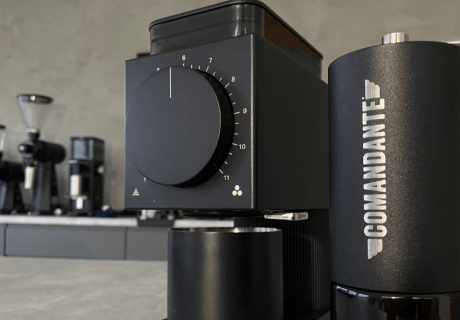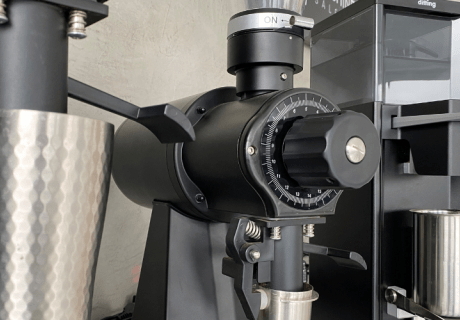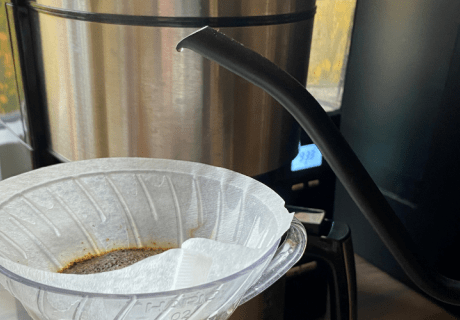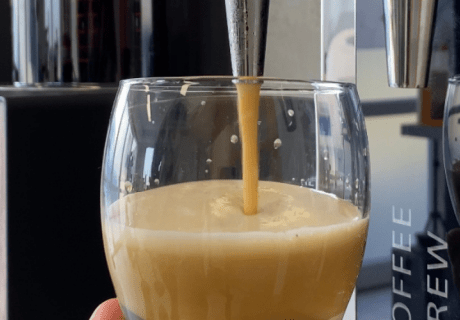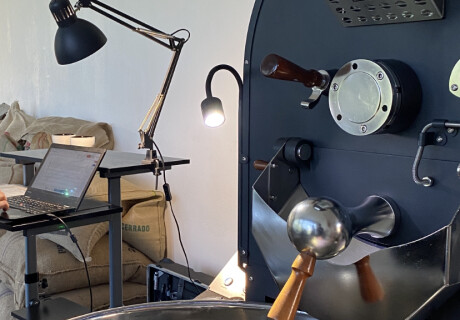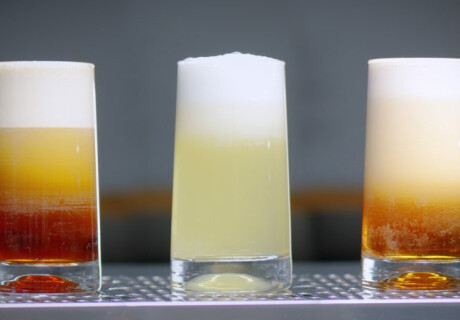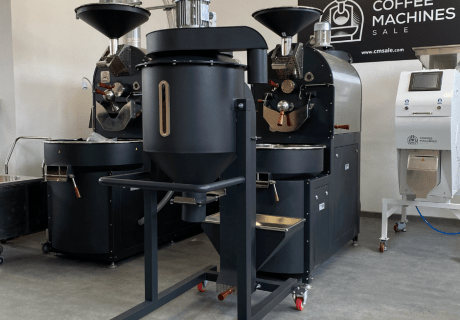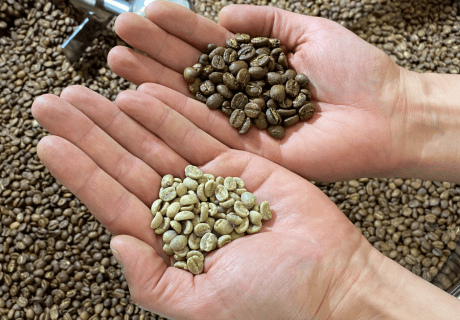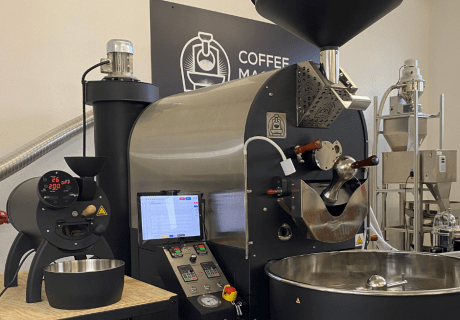Different Colors of Coffee Beans - What do they mean?
If you asked a group of people on the street, how they would describe coffee beans, they would surely say that it is brown or dark brown colored bean. The reason is simple – most of them see coffee beans as the final product. But the truth is that coffee has, in fact, many colors and shades from the beginning to the end of the roasting process.
Different colors of coffee beans – what do they mean?
Before coffee beans are fully roasted, they look completely different at the start. The coffee bean is actually a seed inside a coffee cherry, which is a small fruit. Coffee cherries can be red, yellow, or green. However, green color means that the cherry is not ripe yet. You can harvest coffee when it is yellow or red, which depends on the varietal of coffee. The best moment to pick the coffee beans is when their color is the brightest. Darker shades mean that the cherries are overripe – it can influence the coffee selection and change its flavor. After harvesting coffee cherries, it is time to sun-dry them. It may take a while, usually several days.
Once the coffee cherries are sun-dried and the external layer (parchment) is removed, it is easy to observe that the color is different again. From pale yellow, green to blueish coffee beans are now ready for the roasting process.
Different colors of coffee beans during the roasting process
There are four main groups of roasts, where each has its own shade of brown. But it is important to mention that the brown nuances change gradually. Raw and greenish beans wander to the coffee roasting machine that begins to heat them up and ‘bake’. The green color slowly begins to change at about 140 degrees Celsius, and at around 165 degrees it starts to look more yellowish. Tanned coffee beans continue to change their color to golden brown, and then a light brown shade appears between 180 and 185 degrees. It is the moment right before the first crack, which is one of the most essential moments during the coffee roasting. The first crack is not only audible, but it is also a sign that your coffee beans are now fully brown. After this sound, you should consider the coffee beans as ready, if you want to achieve the light City roast. If you want to go further with roasting, you can expect the Full City roast – coffee beans are now slightly browner than before. Deep brown color is strongly associated with so-called Vienna. At this stage of roasting, you must be very careful not to burn the beans. It is easy to overlook the moment when the Espresso Roast ended, and coffee beans are now covered with charcoal – French Roast. To accurately determine the colour of the coffee roast, we use special colour meters that measure on the Agtron scale, as the human eye cannot detect such subtle differences as the sensors in the meters.
What do different colors of coffee beans say?
As it was mentioned before, there are four main groups of coffee roast:
- light roast,
- medium roast,
- dark roast,
- very dark roast.
Light brown shade in the first type of coffee roast says a lot about the flavor nuances. The first sip determines the flavors of the whole cup of coffee. Regardless of the coffee origin, the light roast (also known as Cinnamon Roast) is sour, which is not ideal for everyone. However, fans of this kind of roast will appreciate fruity notes.
City or alternatively medium roast is characteristic because of the chocolaty shade of brown. The color tells us that the coffee will taste bright, with some acidic notes, however it is not as sour as the light roast.
A darker brown shade means that we are talking about Full City (or light French) roast. This is a great roast for anyone who likes the bitterness with a pinch of sweetness. This kind of roast is often used for brewing espresso in Northern Italy.
Those who prefer bitterness to sourness should roast their coffee beans a little longer until the French roast is achieved. Dark brown coffee with full-bodied flavors, free from acidity, is perfect for coffee connoisseurs. You should be careful and watch the roasting process closely. You don’t want to burn the product completely and waste its potential. As you can see, different colors of coffee beans tell us a lot, and it is worth to know these differences.

